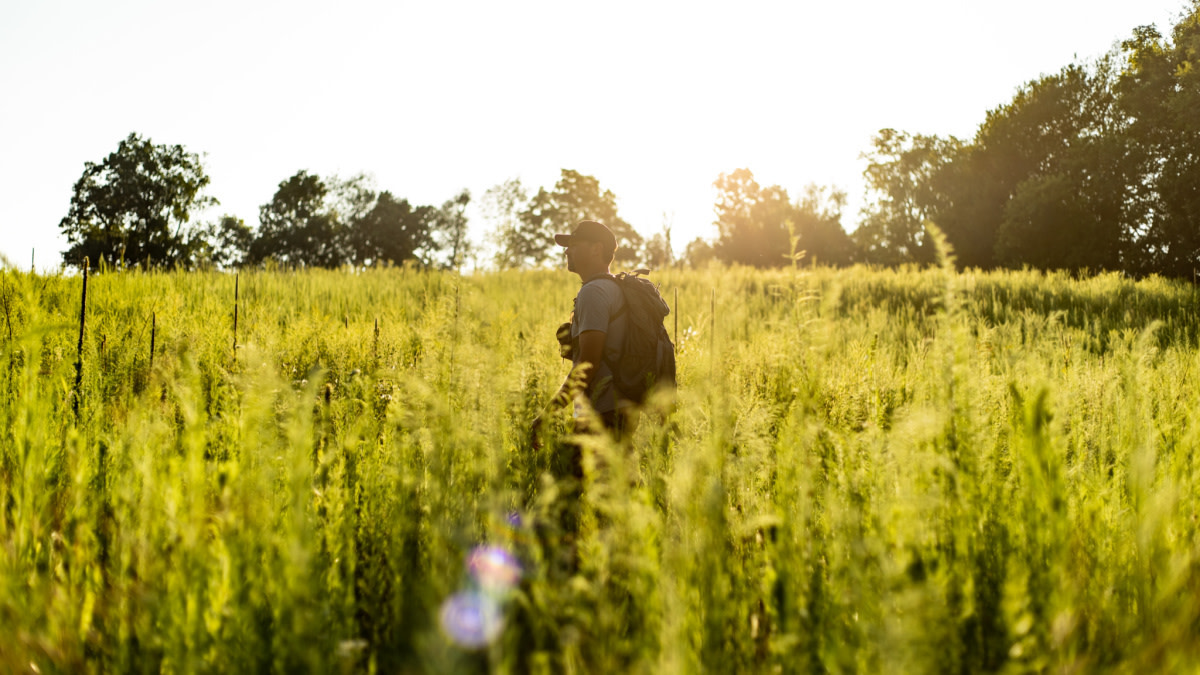
A deer’s world revolves around its stomach. So should the savvy deer hunter’s plans.
Unfortunately, most conversations about what deer eat begin and end with commercial crops and food plots. I say this with authority, because I was a guilty party to this for quite some time. Since kicking off the Back 40 project two years ago, I’ve made it a personal mission to better understand the native vegetation around me and how wildlife use it.
While cows can eat the same thing for hours, deer require diversity in their diet. Even where agriculture is present, whitetails will feed on a wide array of natural vegetation. Whether you hunt deer on public land or private, and especially if you plan to practice habitat management, identifying these attractive natural food sources can make a real difference in your success.
While deer eat hundreds of different natural food sources, I’ve highlighted 10 highly attractive species worth knowing.
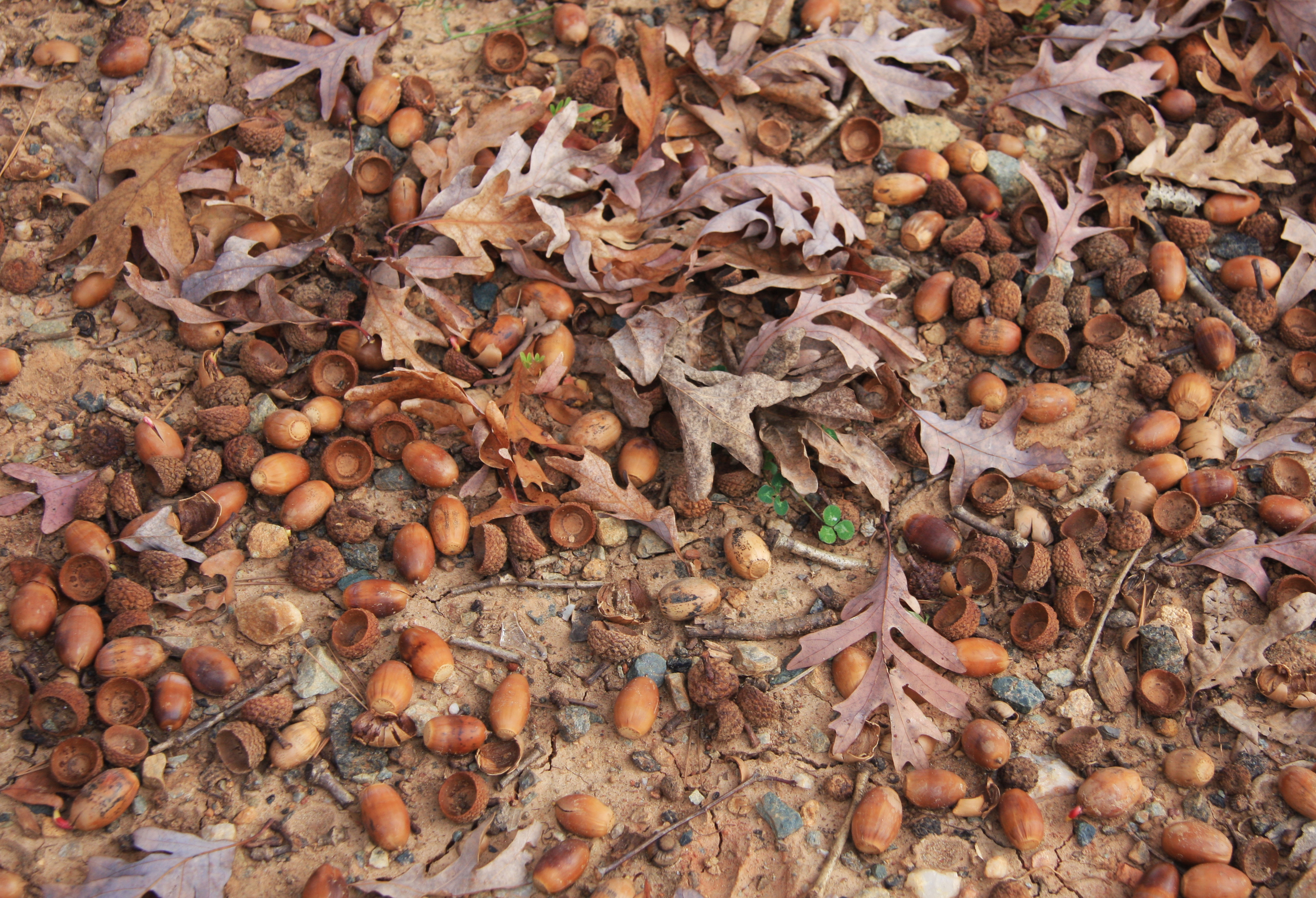
Oak Acorns
No conversation about natural food sources is complete without mentioning oaks and the acorns they produce. This hard mast is so important to deer that when a good drop is present, it will often become the number one food source in the area, pulling wildlife away from other typically attractive food plots and crop fields.
According to Dr. Craig Harper and Jarred Brooke: “Acorns contain more energy than corn, two times the amount of carbohydrates, and up to 10 times the amount of fat, making acorns a tremendous food source for many wildlife species during the fall and winter.”
Whitetails typically prefer white oak acorns, but the bitter red oak acorns and other varieties will still get eaten where present. For more ID advice on oaks, check out 5 Trees Every Whitetail Hunter Should Know.
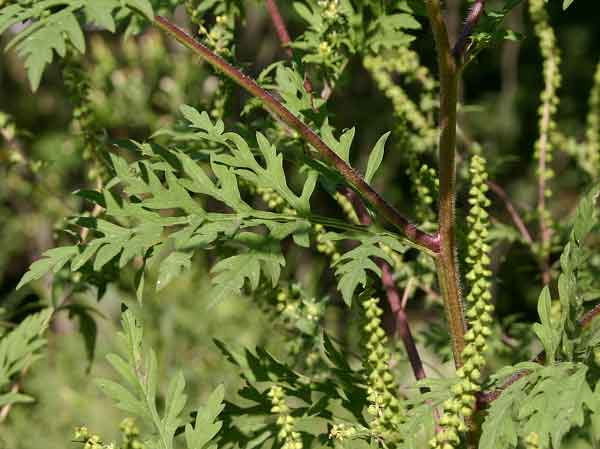
Ragweed
Ragweed is a tall, annual forb with a crude protein content of 17.8%. It can be found across much of the United States.
“Ragweed is a really good one,” Lindsay Thomas Jr. of the National Deer Association said on the Wired to Hunt Podcast. “It’s a great deer forage and the seeds are good for upland game birds and others too.” It has deeply lobed leaves and can grow as tall as 7 feet.
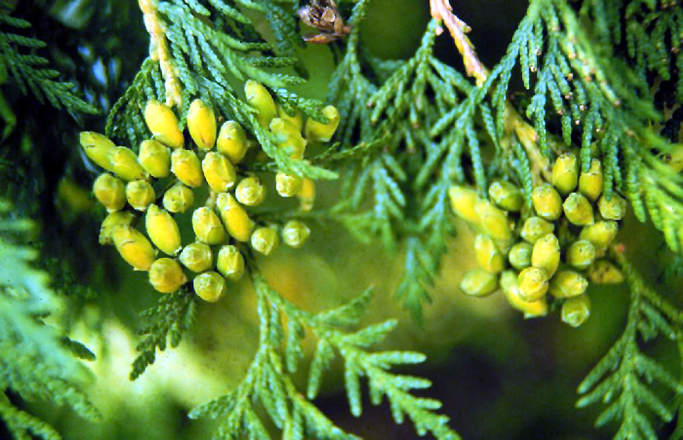
White Cedar
While most hunters think of deer using cedars as bedding and thermal cover, in certain situations white cedars can also be a preferred food source. Craig and Neil Dougherty, in their book “Grow Em Right,” identify white cedar and hemlocks as being highly preferred by deer in the winter based off a series of tests run by Charles Alsheimer.
“However, white cedar and hemlock and are not browsed much, if at all, during the rest of the year,” they wrote. White cedars have flat, almost scaly needles and are typically dark green with reddish-brown trunks that have a papery bark.

Greenbrier
This perennial vine is found from the Eastern US across the Midwest, and it's universally promoted as a preferred deer forage. Per the Natural Resource Conservation Service, “Deer eat the tender shoots and leaves as they emerge and in late winter when other food sources have disappeared, deer will eat older, more mature leaves and stems.” Greenbrier can be identified by its blueberry-like fruit and climbing vine appearance.

Oldfield Aster
Another warm-season forb, Oldfield aster is highly preferred by deer, with a 23.3% crude protein level. It's found in many early successional habitats across the Eastern United States.
The approximately 3-foot-tall bushes also provide great cover. “In fallow fields, they should be considered highly desirable as they provide outstanding cover for small game, deer fawns, and many species of songbirds,” Dr. Craig Harper said in “A Guide to Wildlife Food Plots and Early Successional Plants.” Oldfield aster can be identified by its hairy stems and white flowers.
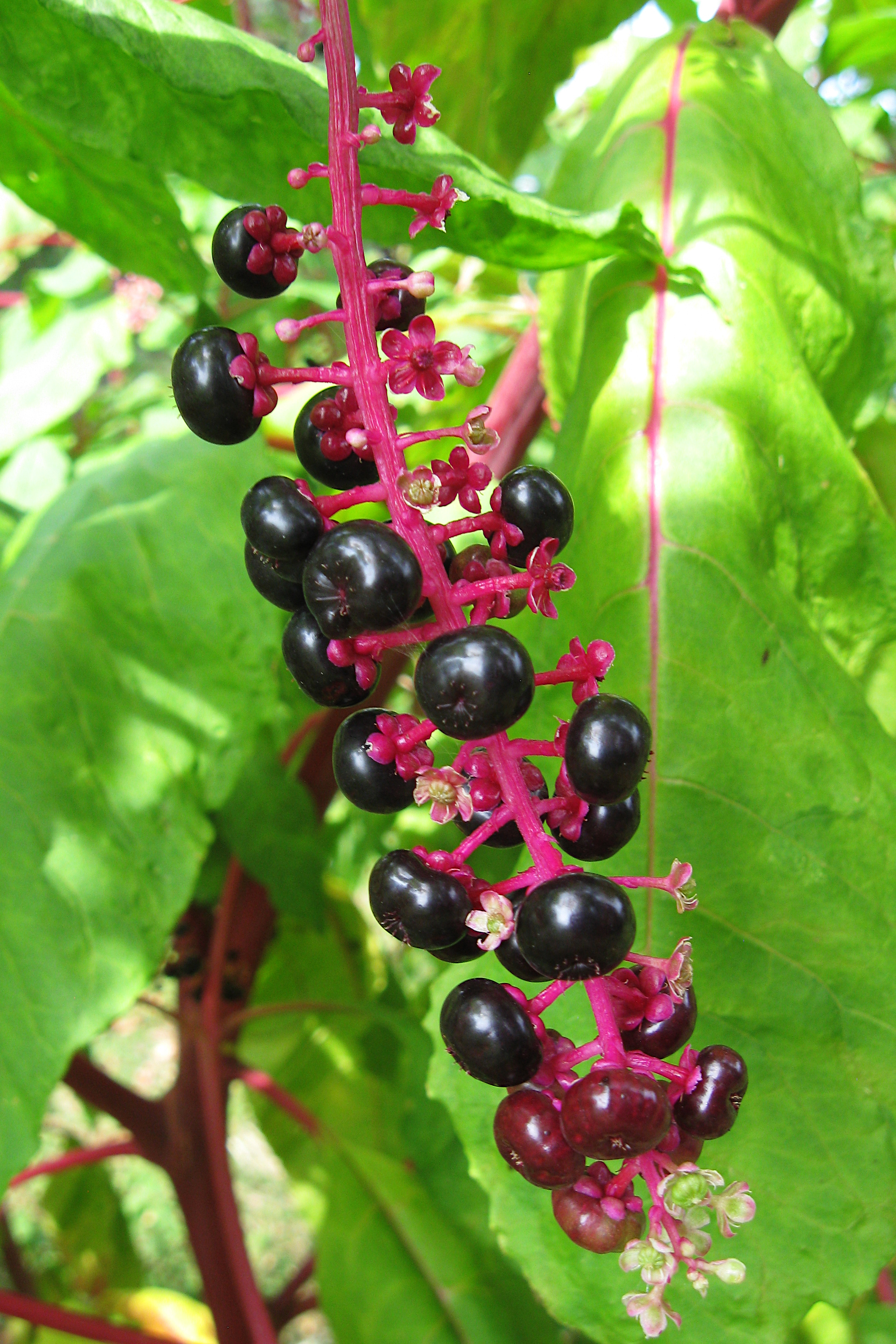
Pokeweed
I first became familiar with pokeweed not because of its preference by deer, but because of the notorious stains that this plant’s juicy berries can leave on clothing. Ruined pants aside, pokeweed is highly attractive to deer, topping one list of wildlife forbs and shrubs compiled by Dr. Craig Harper with 32% crude protein.
“Pokeweed is a big one,” Lindsay Thomas Jr. concurred when discussing the top “weeds” for whitetails. Pokeweed is easily identified by its red stem and full, almost grape-like bunches of purple berries.
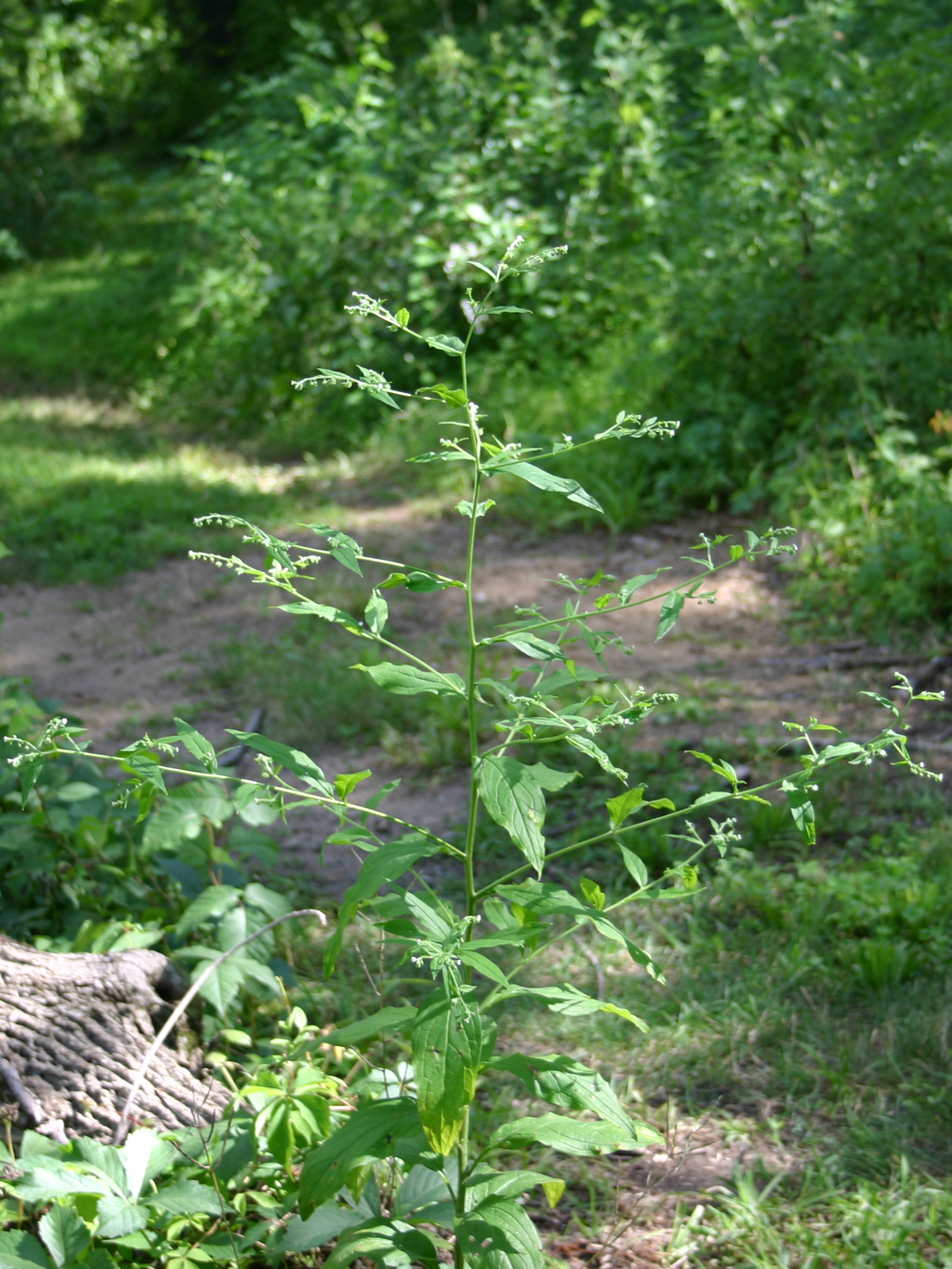
Beggar’s Lice
Beggar’s lice, another forb recommended by Lindsay Thomas Jr., can be found thrughout much of the Eastern United States. With a crude protein level of 28.2%, beggar’s lice is not only preferred by deer but also has seeds that are beneficial to birds such as northern bobwhite, turkeys, ruffed grouse, and mourning doves. The most identifiable characteristic of beggar’s lice is the narrow three-leaf clusters found on each stem.

Blackberry
Just like humans, deer love blackberries but in their case it’s for the forage and not just the fruit. “Deer will browse the leaves and new growth on blackberry briars,” Wisconsin land manager Doug Duren said. “And they love that cover.”
Blackberries are most identifiable in the summer when their fruit is ripening into its telltale dark navy coloration, but they can also be picked out by their dense thorny shrub appearance.

Honey Locust Pods
Honey locust pods first came to my attention as a preferred deer food source from famed bowhunter John Eberhart. On a December public land hunt in Illinois, Eberhart set up over a honey locust tree amidst a blizzard and proceeded to watch five bucks come into the tree. The final buck got an arrow.
Since then, I’ve heard similar tales repeated often. “Deer relish the pod, seeds, and the sweet, edible pulp between the seeds,” Kent Kammermeyer said in “Deer & Turkey Management Beyond Food Plots.” The leaves on a honey locust tree look almost fernlike and the seedpods look similar to overgrown greenbean pods that are a dark reddish brown in the fall.

Wild Grapes
Of the many edge and understory species that are important to deer, Duren calls out wild grapes as having particular importance in his region of Wisconsin known as the Driftless Area.
Kammermeyer agreed, “leaves are usually preferred by deer and the bunched fruit is high on the food preference list of white-tailed deer, ruffed grouse, wild turkey, black bear, raccoon, and many species of non-game animals and songbirds.” Although there are a number of different varieties, most wild grapes can be identified by their dangling clumps of large dark purple fruit.
View this list as a springboard to advance your native plant knowledge. My friend and mentor Doug Duren said it best: “Being able to identify these plants and how deer and other wildlife use them is an important step in your development as a deer hunter and as a conservationist.”

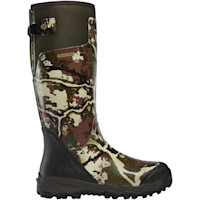





Conversation